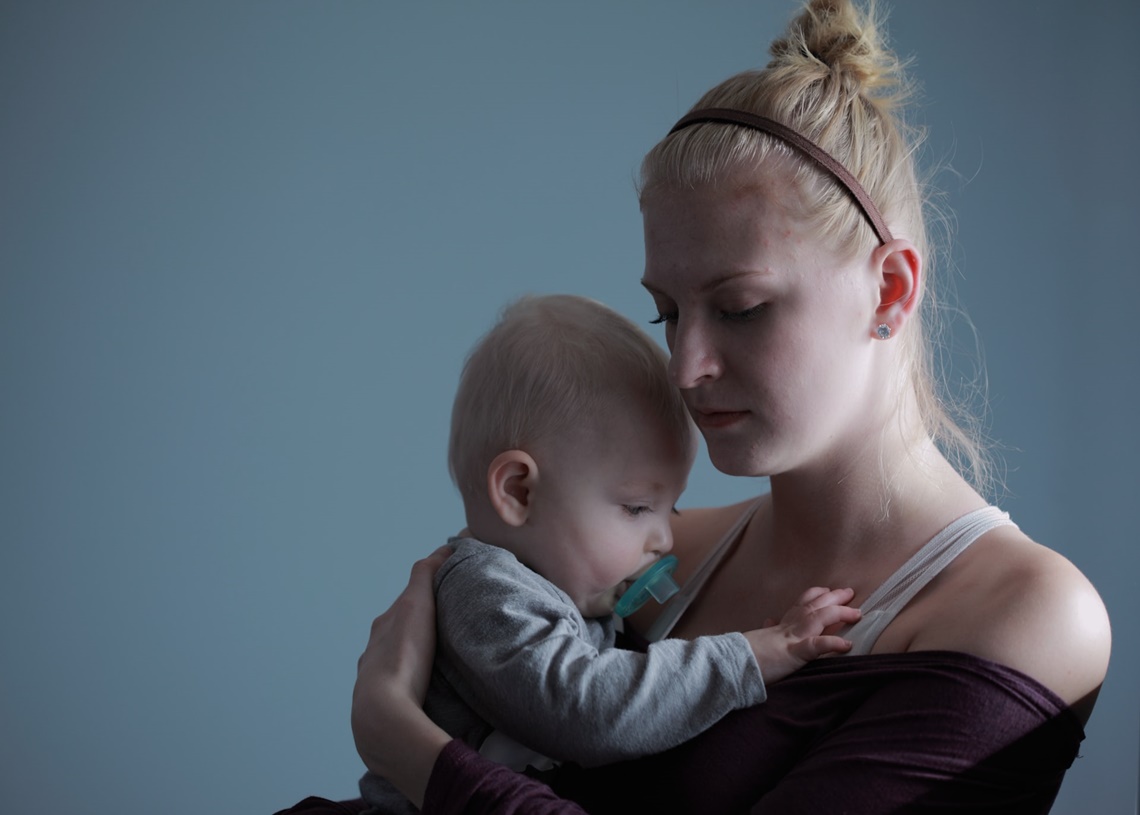Child protection has become a key, and particularly sensitive topic for societies across the globe as the world continues to battle against the coronavirus infection with intense social distancing protocols and lockdown measures.
With extended school closures, no means of contacting the friends or other family members, and being confined to four walls throughout the day has undoubtedly resulted in an alarming increase in child abuse and misconduct. To make matters worse, these cases are going unnoticed.
With child protection systems witnessing a dramatic decline in abuse reporting and schools in England urged to step up their measures in ensuring that no vulnerable kid is left without help, it has become apparent the implications of COVID-19 lockdowns go far beyond just recession-hit economies and increasing unemployment rates.
Yes, there are child protection laws, but are they being implemented with urgency? Can we safely assume that the child, who is restricted home for protection against the disease, is, in fact, safe and healthy? As much as we want to believe the answer is yes, it is far from being the case.
Why child protection is a pressing priority at the moment
It is important to note here that studies have shown children, from a specific age group, are far less likely to catch coronavirus infection than others. Moreover, a similar kind of illness, associated with COVID-19 like symptoms, is also doing rounds and has claimed 12 victims in the UK so far.
All of this and much more suggest that there is not much being done in terms of children’s’ interests, let alone focusing on practical homeschooling and remote learning methods, with parents getting distracted by new and emerging threats.
What’s shocking is that despite children clearly emerging as the hidden victim of the pandemic, attempts have been made in the UK to ease child protection laws.
With lockdown in place, not only are the face-to-face interactions with the child and the family replaced by phone and video calls, which seems reasonable given the circumstances, even the time limit restrictions on social worker checks have been relaxed.
Are children truly safe in this lockdown?
Child protection in foster care and children’s homes is even more at risk amid nationwide curfews with children being separated from parents, guardians, and teachers for prolonged periods.
It is often noticed that kids from these facilities increasingly rely on support from schools and look forward to regular meetings with their parents or guardians. The discontinuation of these services, albeit temporary, can result in a great deal of stress and anxiety among kids.
The situation so far is that the child homicide cases have not witnessed as much sharp increase as in the case of the women amidst lockdown. However, police believe that it is far from being the reality as a large number of cases are going undetected. This must change.
Wait, we can help
The fact is that for many children across the globe, the COVID-19 pandemic has proved to be extremely destabilizing. But all hope is not lost just yet. Just as we stand united in the fight against the epidemic, we can do something for child protection and help them when they need us the most.
Raising awareness and speaking out openly against child abuse during lockdown is one of the ways to ensure that the community understands the importance of this issue. Yes, children are hidden victims, but they don’t have to be if only we keep our eyes and ears open.
Support the right cause and the right people
Technology is playing a crucial role in helping us stay connected to our friends and family. The same goes for these children too. Many of us are unaware that there are popular video streaming apps that are dedicated to connecting these children to their loved ones or offer them counseling. Least we can do is support these technologies so they can better themselves in serving the at-risk children.
And while it is true that child protection in foster homes and child communities is most vulnerable to abuse and misconduct, we must also realize that there are a few who are going beyond their limits in ensuring their safety, especially in turbulent times. Support them and encourage foster care workers by lauding their efforts in keeping these children safe.
Strengthen systems already in place
As things stand, the best way to get connected is to communicate with likeminded people who can help us plan, organize, and implement. First and foremost are national policymakers and program managers in ministries and departments of health, education, child protection, and social welfare. We can also address civil society groups, development partners, professional associations, academic institutions, and funding initiatives, both global and national.
In addition, we need to stay in close communication as sources of inspiration for parliamentarians, service providers, professional education institutions, the private sector, and media about the role they can play to ensure that every child can develop to full potential. Last but not least, through these stakeholder channels, families, parents, and other caregivers can be updated on a day-to-day basis on how to provide nurturing care for their young children or get someone who can.
Let’s look at it this way; the pandemic has offered all of us a window of opportunity to act swiftly and support the well-being of the most vulnerable class of the society. If anything, it is giving us a chance to take child protection seriously and better ourselves as a parent, a teacher, and as a member of society. Everyone is a potential Blockchain Babe awaiting her time to step out there, nurtured and ready. ” Education is not a privilege, it is a legal right” – this is the plaintive cry of 262 million children out of school, and more than 750 million youth and adults unable to read and write.







